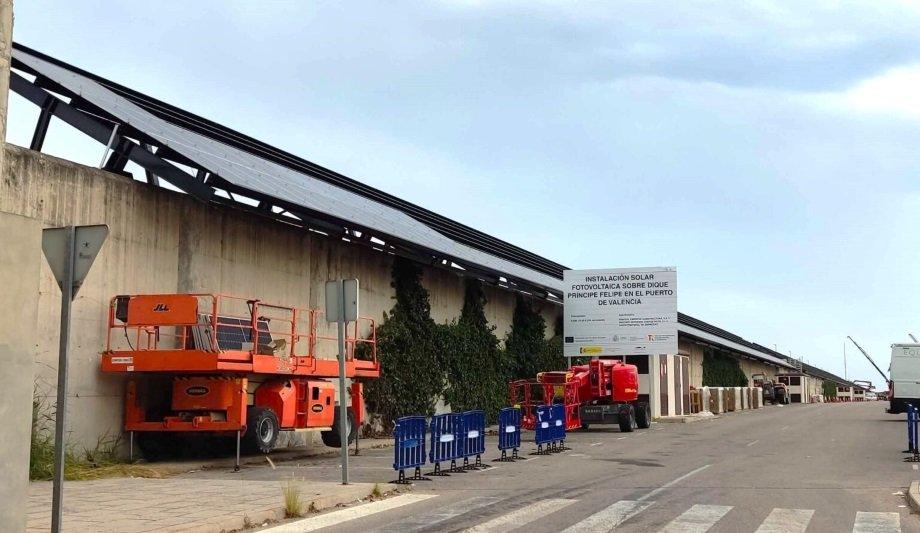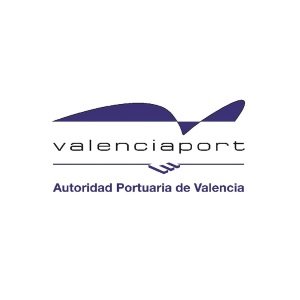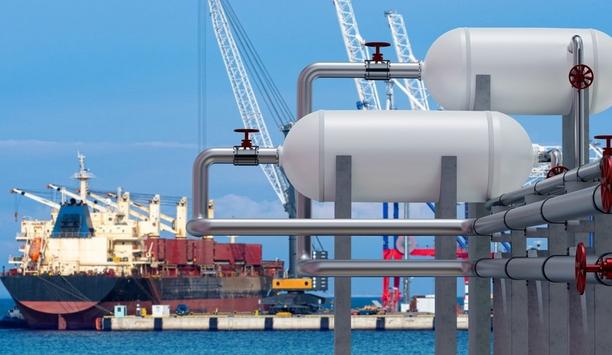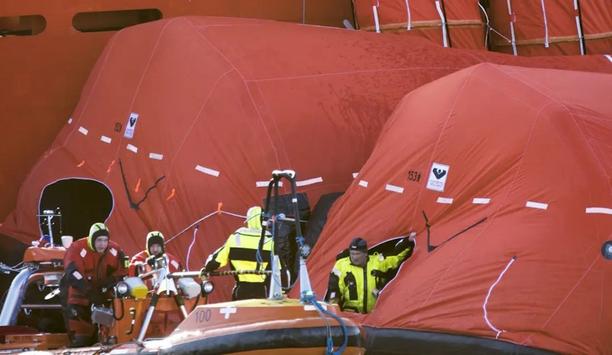Joan Calabuig, president of Valenciaport, has visited this morning the works of the installation of the photovoltaic power plant located on the Principe Felipe dock.
These works are already 85% completed in the case of the structure on which the panels are fixed and 15% completed in the case of the installation of the panels that will provide the Port of València with solar energy from this autumn onwards.
Emission neutral port
During the visit, Calabuig stressed the importance of this project within the framework of the decarbonisation plan of the Port Authority of València (PAV) which envisages an emission neutral port by 2030 ‘the start-up of this park is key to turning the Port of Valencia into a 100% green enclosure.’ Specifically, this installation will generate 2,353 MWh/year, that is to say, 3% of the electrical energy consumed by the Valencian docks and will start operating at the end of the year, at the beginning of December.
The solar panels occupy a surface area of 6,420 square metres and have a 30% slope"
The head of Valenciaport was accompanied by Francesc Sánchez, director general of the València Port Authority, and Federico Torres, director of Ecological Transition. During the visit, Torres, together with members of his team and the site management, explained the details of the project, “The solar panels occupy a surface area of 6,420 square metres and have a 30% slope to make the best use of the sun,” Torres explained during the visit.
Another solar park
The photovoltaic plant being built on the Club Náutico breakwater and on the Príncipe Felipe dock is one of the two photovoltaic plants being installed in the Port of València, which will enable the Valencian port to make progress in the self-supply of green energy.
In fact, the PAV has also started the construction of another solar park on the roof of the Valencia Terminal Europa vehicle warehouse. Between the two, 14% of the electrical energy required by the site will be produced. Valenciaport is also carrying out a pilot test to install more solar panels at a third site. The first two projects are financed by the European Union’s Next Generation funds and the Spanish Government’s Recovery, Transformation and Resilience Plan.
Renewable energy sources
This decarbonisation plan will contribute to the strategic objective of being an emission neutral port by 2030
In addition, during the visit, the progress of the installation works of another solar energy plant in shed 4 of the Port of Gandia was discussed, which, once in operation, will make this site the first European port to be energetically self-sufficient.
In addition to the solar projects, there are other initiatives related to the use of renewable energy sources such as wind, solar, biomass, biogas, wave and tidal energy and hydrogen. Likewise, the plan developed by the PAV to become a 100% green port also contemplates the development of other transversal plans such as, for example, the extension of the railway connections, the construction of two electrical substations to enable the engines of the ships docking at the Valencian precinct to be connected to the electrical network or the use of hydrogen in port activity.
This decarbonisation plan will contribute to the strategic objective of being an emission neutral port by 2030, twenty years ahead of the objectives set by the European Green Pact.













